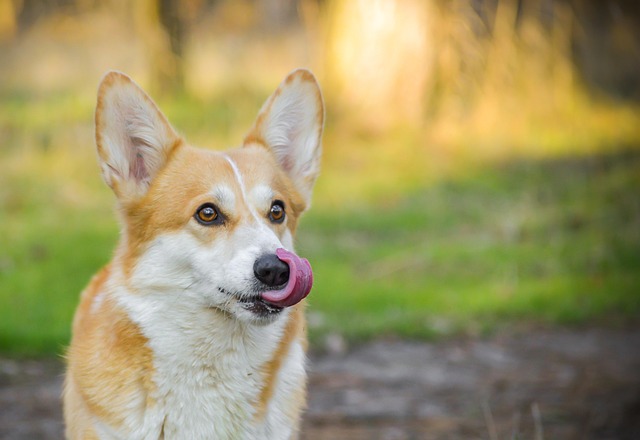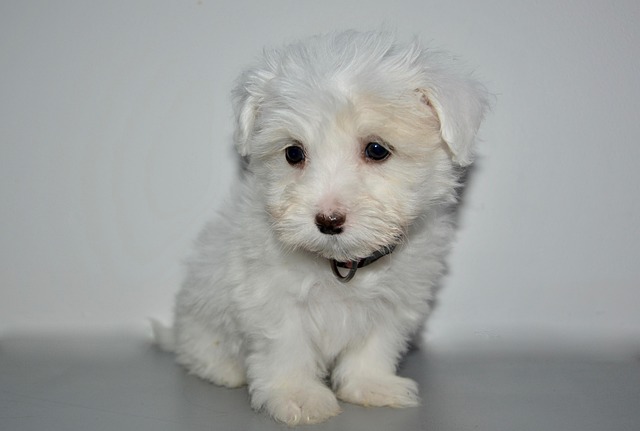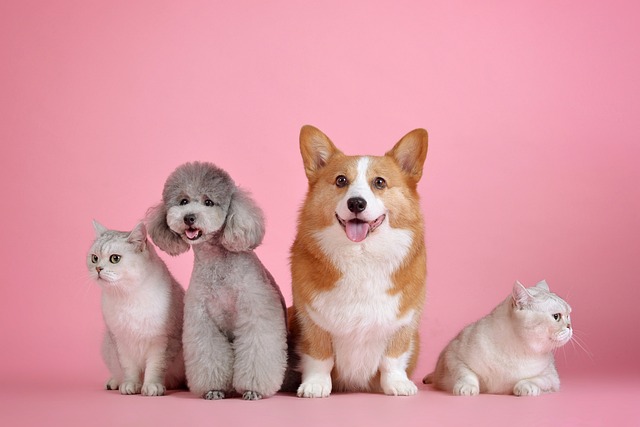Picture finding tiny hairs on your black jeans—again. Chihuahua shedding, while minimal compared to some breeds, can still leave you wondering: "What’s going on?" Let’s explore the causes with vet insights and real pet parent stories, blending science with solutions.
Genetics play the biggest role. Most Chihuahuas have a short, smooth coat that sheds moderately year-round. My apple-headed Chi, Rosie, leaves small tufts on the couch weekly. "It’s normal for the breed," my vet says—unlike double-coated breeds, their shedding is manageable.
Seasonal changes trigger shedding. In spring and fall, Chis may shed more to adapt to temperature shifts. A friend’s long-haired Chi, Pedro, loses extra fur before winter. "Think of it as nature’s way of updating their coat," a groomer explains. Regular brushing helps.
Stress or anxiety affects fur health. When I moved apartments, Rosie shed clumps for weeks. "Environmental changes can cause telogen effluvium," my vet says—stress pushes hairs into the shedding phase. A pheromone diffuser calmed her.
Nutritional gaps show in shedding. Rosie’s shedding spiked when I tried a cheap kibble. "Low-quality food lacks essential fatty acids," a nutritionist warned. Switching to a salmon-based diet (AAFCO-certified) improved her coat.
Hormonal imbalances matter. Female Chis may shed more after heat cycles or pregnancy. My neighbor’s Chi, Luna, needed a vet check after excessive shedding—turned out she had a thyroid issue. "Hormones affect hair growth cycles," the vet explained.

Skin allergies drive excessive shedding. Pedro developed hot spots from a grass allergy, leading to patchy shedding. "Identify triggers—food, pollen, detergents," a dermatologist vet says. A hypoallergenic diet and medicated shampoo helped.
Improper grooming worsens shedding. Using the wrong brush (like a slicker on smooth coats) damages hairs. "Use a soft bristle brush or grooming mitt," my groomer advises. Rosie sheds less since I switched to a rubber curry comb.
Medical conditions mask as "normal" shedding. Ringworm or mites can cause excessive hair loss. When a client’s Chi lost fur in patches, a vet diagnosed demodectic mange. "Always rule out health issues first," the vet stresses—especially if shedding is sudden.
Bathing too often strips natural oils. I once bathed Rosie weekly, causing dry skin and more shedding. "Chis only need bathing every 4–6 weeks," my vet says. Using a moisturizing, pH-balanced shampoo helped restore her coat.
Environmental factors matter. Dry indoor air in winter can dry out skin, increasing shedding. A humidifier in Rosie’s room reduced static and flaking. "Indoor climate affects fur health," a trainer notes.
Local animal welfare laws emphasize care. In the EU, neglecting shedding due to untreated allergies is illegal; in the US, some states require proper veterinary care for skin issues. "Addressing shedding is both kind and legal," a lawyer friend reminds me.
Natural remedies complement care. Adding fish oil to meals (1 tsp per 10 lbs) boosts omega-3s. Rosie’s coat is shinier after three months. "Consult your vet before supplements," my nutritionist says.
Understanding Chihuahua shedding takes patience. For Rosie, a mix of proper nutrition, gentle grooming, and stress management reduced shedding significantly. Remember: every hair tells a story—listen to your Chi’s needs, and their coat will thank you.






